Erstellt am: 26. 6. 2015 - 19:00 Uhr
Riding with Dolphins
Volunteering with the Ionian Dolphin Project
A Saturday Reality Check Special - from 12 to 1 midday and 7 days on demand.

Joan Gonzalvo/Tethys Research Institute
I have always wanted - like many people - to go on a trip to watch dolphins and whales. But I always assumed that this would involve long distance travel to exotic places and lots of money. So, I was VERY excited when early this year I heard about dolphin and whale projects in the Mediterranean which you can join as a volunteer.
So, in early June off I set to Greece to spend a week with the Ionian Dolphin Project on the Gulf of Amvrakikos…. er, where?? No-one I have spoken seems to know where this is - so here’s a map:
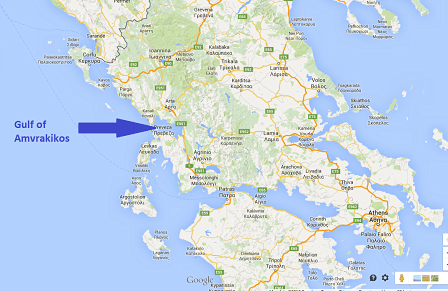
Gulf of Amvrakikos
The Ionian Dolphin Project is one of two run by the Milan-based Tethys Research Institute which rely on volunteers to support their work.
There is a fee to pay, and it’s in part the financial contributions of the volunteers, as well as their practical input, which help to keep these long-term research projects operating.
It’s an exciting opportunity to experience dolphins and whales in the wild, and to get a better understanding of conservation and environmental issues.
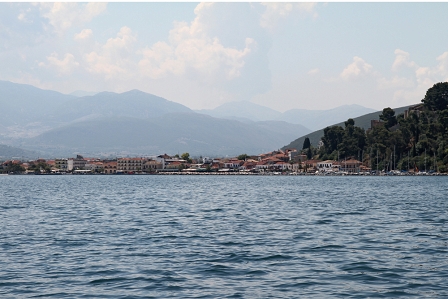
Joan Golnzalvo/Tethys Research Institute
Arriving in the small coastal town of Vonitsa, where the project is based, there's relaxed, holiday atmosphere, but I also feel a thrill of anticipation. I am one of the handful of volunteers who each week from early June to late September join Joan Gonzalvo to become “citizen scientists”, conducting field research on bottlenose dolphins.
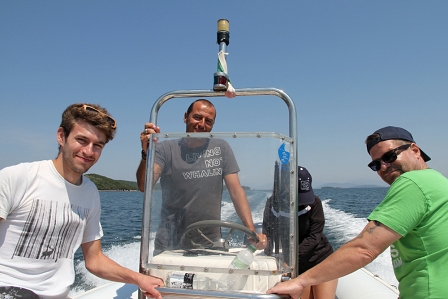
Joan Gonzalvo/Tethys Research Institute
The Gulf of Amvrakikos has one of the highest densities of dolphins anywhere in the Mediterranean, which is great news for dolphin enthusiasts like me - it’s very rare to go out to look for dolphins and be disappointed.
In the mornings, assuming the weather is good and the water relatively calm, we set off in the motor boat on a particular course. It's exhilarating to be out on the water speeding across the gulf, and as we all stare at the sea, there's a sense of meditative anticipation, wondering when and where, or even if, the first dolphin will surface.
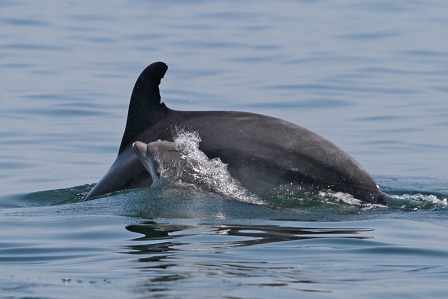
Joan Golzalvo/Tethys Research Institute
On each of the four days we went out on the gulf, we saw dolphins. We spotted a mother with a calf swimming cose by her side, we enjoyed a peaceful moment with a group of dolphins feeding, there was excitement at a brief display of aerial behaviour when a dolphin leapt right out of the water and did a cartwheel, and on a very calm day we followed a lone dolphin who repeatedly came to the boat to bow ride.
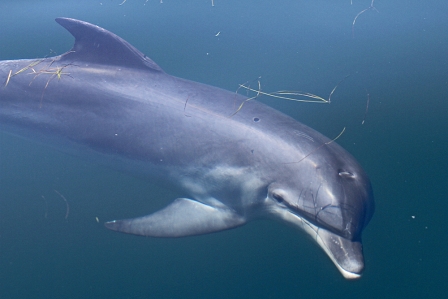
Joan Gonzalvo/Tethys Research Institute
Throughout each sighting, besides making sure we volunteers are keeping our eyes peeled all around the boat for dolphin, Joan is busy with his camera, taking as many shots of the dolphins as possible.
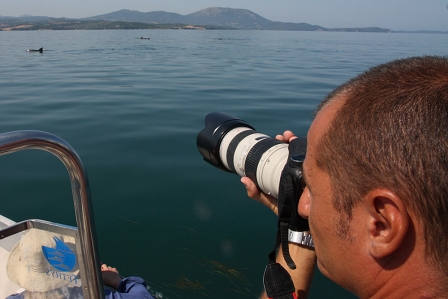
Joan Gonzalvo/Tethys Research Institute
Later on, back at the field base, the photos are uploaded, so that I and my fellow citizen scientists can crop and organise them and (try to) identify the dolphins spotted that day by comparing the photos with the database of known dolphins.
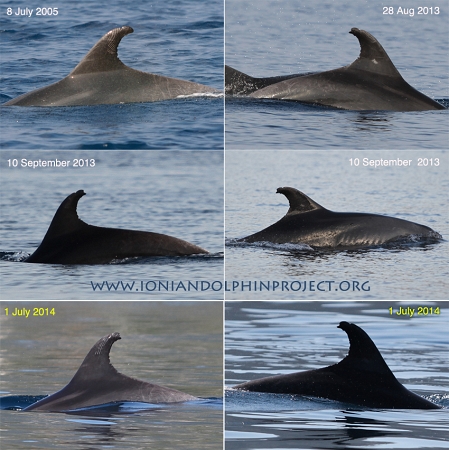
Joan Gonzalvo/Tethys Research Institute
The fins come in many shapes and sizes and often have had pieces nipped out by other dolphins when socialising and playing, so a dolphin’s fin is like a fingerprint.
Photo identification provides information on how many dolphins are in the gulf and allows Joan and his colleagues to follow the history and development of the population in the Gulf.
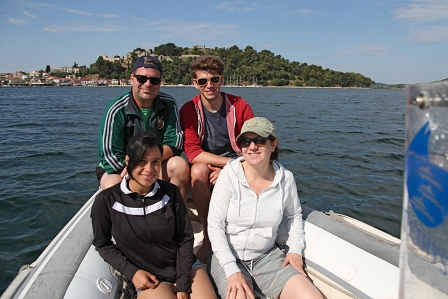
Joan Gonzalvo/Tethys Research Institute
My week as a citizen scientist dolphin researcher was a thrilling experience: at times hard work and challenging, but never boring and certainly very enriching. My thanks to Joan Gonzalvo and my fellow volunteers.
Volunteering with the Ionian Dolphin Project
A Saturday Reality Check Special - from 12 to 1 midday and 7 days on demand.
Dieses Element ist nicht mehr verfügbar


